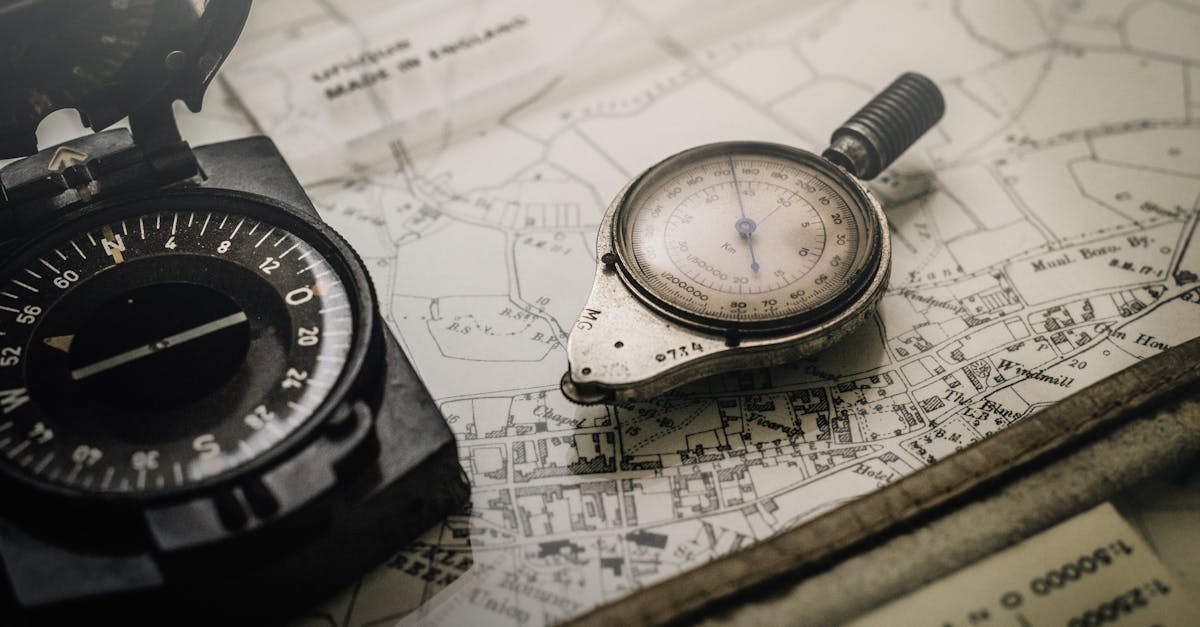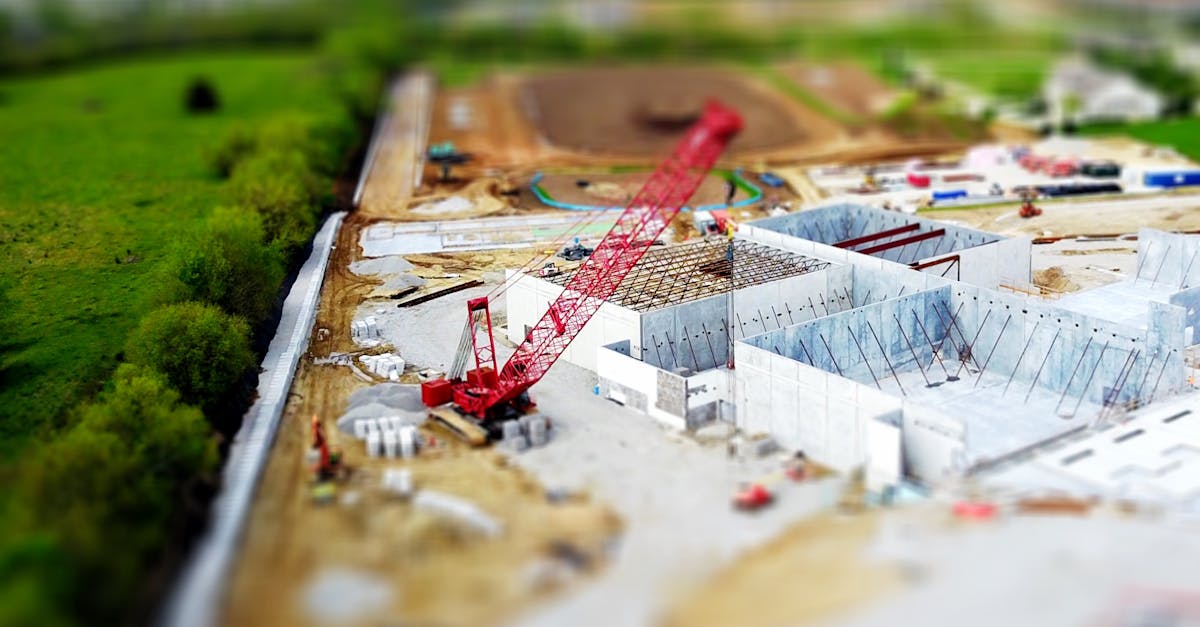
In today’s rapidly evolving world, engineering surveying excellence stands at the forefront of transforming ambitious infrastructure visions into tangible ground realities. With cutting-edge technology and a dedicated team of experts, we ensure that every project begins with precise measurements and comprehensive insights. This fusion of innovation and accuracy is not just a necessity; it is the foundation for sustainable and impactful developments that shape our urban landscapes.

When it comes to the world of infrastructure, the seamless intersection of vision and reality is crucial. Engineering surveying plays a vital role in transforming ideas into tangible structures. By utilizing precision tools and techniques, surveyors ensure that every aspect of a project aligns perfectly with the intended vision.
The Essence of Engineering Surveying
Engineering surveying entails a meticulous approach to capturing land features and characteristics. Its precision is critical for infrastructure development, where accurate data saves time and resources. Let’s explore the various components that define the excellence in engineering surveying.
Key Areas of Specialization
Engineers and surveyors specialize in several areas to cater to a variety of infrastructure projects. Here are some key fields of expertise in engineering surveying:
- Land Development: Transforming land into functional spaces for residential, commercial, or industrial use.
- Traffic Engineering: Designing transport systems that improve traffic flow and enhance safety for all users.
- Landscape Design: Crafting outdoor spaces that harmonize with the environment.
- Surveying: Accurate data collection using advanced technology for property boundaries, topography, and construction.
- Municipal Engineering: Collaborating with municipalities on infrastructure projects like water and sewer systems.
Importance of Accurate Measurements
Accurate measurements are the backbone of successful infrastructure projects. Without precise data, projects risk falling short of safety and functional standards. For instance, incorrect survey data can lead to failed designs, creating safety hazards and costly errors in construction.
Land surveying methods utilize sophisticated equipment, such as GPS and laser scanning technology, to ensure the highest level of measurement accuracy. These advanced techniques not only improve efficiency but also enhance the reliability of the data collected.
Technology in Engineering Surveying
Technological advancements have revolutionized the surveying field, making processes quicker and more efficient. Let’s take a closer look at some of these innovations.
Innovative Tools and Techniques
The integration of modern technology into engineering surveying practices has been game-changing. Here is a list of some cutting-edge tools:
- GPS Technology: Allows for pinpoint accuracy in measurements.
- Drones: Capture high-definition images of large areas rapidly.
- 3D Modeling Software: Facilitates detailed visual planning of infrastructure projects.
Impact of Technology on Project Efficiency
The adoption of technology streamlines workflows in engineering surveying. For example, using drones can significantly reduce the time needed for site surveys. With the ability to cover vast areas quickly, engineers can make informed decisions faster. Moreover, 3D modeling provides visualizations that enhance collaboration among stakeholders, ensuring that everyone shares a unified vision.
The Role of Surveyors in Environmental Planning
Surveys are not merely about plotting boundaries; they extend to environmental considerations. Accurate land surveying is essential for assessing potential environmental impacts associated with infrastructure development.
Surveying for Sustainability
Surveyors work closely with environmental scientists to mitigate risks that may harm the ecosystem. By identifying sensitive areas, such as wetlands or endangered species habitats, they help devise strategies that balance development with conservation.
Through responsible surveying practices, the team can suggest modifications to projects to minimize ecological disruption. This forward-thinking approach ensures that infrastructure can coexist harmoniously within the natural landscape.
Engineering in Property Transactions
Furthermore, engineering surveying plays a crucial role in property transactions. Accurate surveys provide the foundations for ensuring clear boundaries and legal descriptions in property agreements.
Accurate Boundaries, Clear Transactions
In property transactions, surveyors perform boundary surveys that delineate property lines. These surveys safeguard against potential disputes between neighbors. As a result, clients can confidently navigate their real estate transactions without the fear of unexpected surprises.
| Surveying Technology | Benefits | Applications |
|---|---|---|
| GPS Technology | High precision measurements | Land development, construction |
| Drones | Speed of data collection | Site assessment, mapping |
| 3D Modeling Software | Enhanced project visualization | Planning, design review |
| GIS Tools | Data analysis and integration | Urban planning, environmental analysis |
| Laser Scanning | Rapid data capture | Structural analysis, heritage preservation |











